Orchid: homeland and history
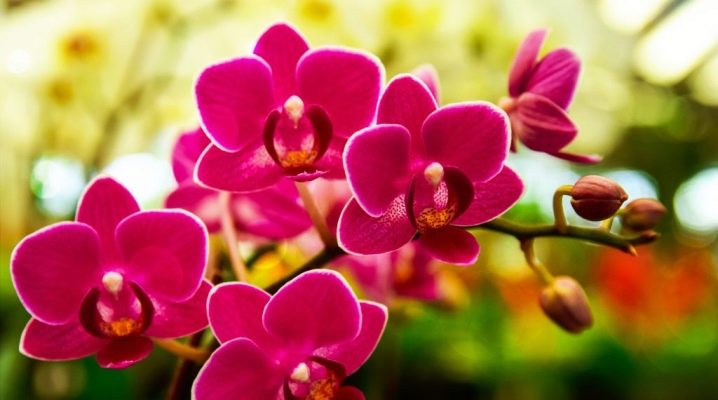
One of the first impressions that remains after staying in the countries of Southeast Asia is the abundance of greenery and flowers. They grow there absolutely everywhere, especially orchids. Despite the fact that it would seem to be a tropical flower, orchid species grow all over the world, except for the Far North and the desert.
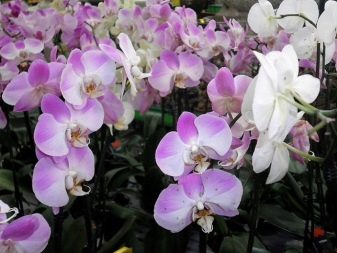
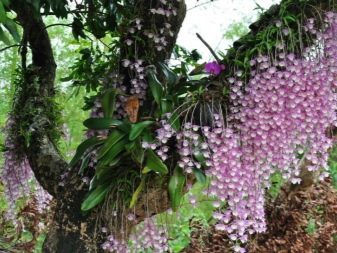
Origin story
Now it is rather difficult to say where this plant comes from. The first orchids appeared more than 100 million years ago. Flowers have been cultivated in China and Japan for 4,000 years. Plants have been growing in European countries for about 200 years. Some believe that orchids are native to South America, where they grow in a good climate for them. About 500 species of orchids also grow in Russia. In a word, the homeland of flowers is not a specifically taken country, but the place where greenery grows violently, and the sun rarely gets through the thick leaves. Another distinctive feature of this flower is that it can grow not only on the ground, but also on other plants. Other varieties of flowers can be found near water bodies or on rocks.
The flower is mentioned by the philosopher from Greece - Theophrastus, he lived in the VI-V centuries. BC. He gave the name to the flower. In his book on pharmaceutical botany, the philosopher describes a plant that has two tubercles and rounded roots at the base. He named the plant "orchis", from Greek this word is translated as "testicles". The roots of the flowers are round or flat. Plants with them can cling to a stone or, for example, the bark of another plant, while the roots do not dry out. Today there are more than 25 thousand plant species in the world. Moreover, flowers are bred not only on the street or in greenhouses, but also at home on windowsills.
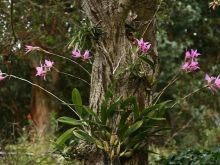
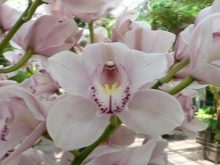
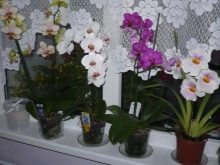
The first indoor plants appeared in China in the 11th century. In China, they love this flower very much, they consider it to be able to drive away evil spirits. The flower is associated with the arrival of spring. It is widely used in decorations for the spring holidays. And for thousands of years, the orchid has been cultivated as a house plant. But the conditions of keeping for indoor species should be close to their natural habitat.
For the first time in greenhouse conditions, the plants were bred by the British and the Dutch. The founders of the study of orchids were the Royal Garden Society of England, its employees and researchers developed new varieties, which were then named after them.
It was in the greenhouses of the Horticultural Society that varieties such as Cymbidium, Epidendrum, Phaius, Vanilla and others were bred, which subsequently spread throughout the world.

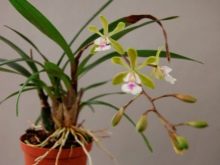
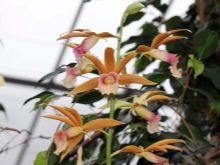
Description
Due to the varied color, bizarre flowers and long flowering, the plants are widespread among flower growers. In addition to their appearance, orchids have a variety of fragrances that are not alike. Each variety is beautiful in its own way. The flower has 6 petals - 3 internal and 3 external. One petal, distinguishable from the others, is called a "lip" and can come in incredible shapes and colors. It is this petal that attracts insects for pollination.
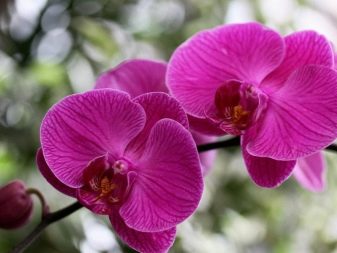
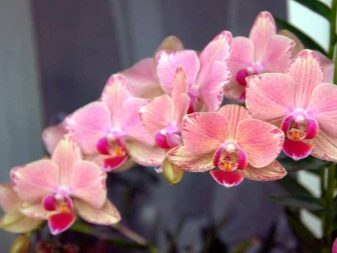
There are two types of inflorescences: one flower or several growing along the entire stem. The leaves of a flower, depending on the species, can have an unusual shape and pattern. The stems can be different: creeping, straight, short or long. As mentioned above, the roots of a plant have a rounded shape, thanks to which it can cling to other plants. There are 4 main types of orchids.
- Epiphytic. It is this type of flowers that grows on other plants and trees.At the same time, orchids are not parasites, they do not live off other plants, they take moisture and all other substances necessary for growth from the environment. On the trunk of an orchid there are tuber-like tubercles that store moisture and nutrients. They are called pseudobulbs (false bulbs).
This species is the least picky about living conditions, as it is constantly in the shade. Easily tolerates temperature changes.
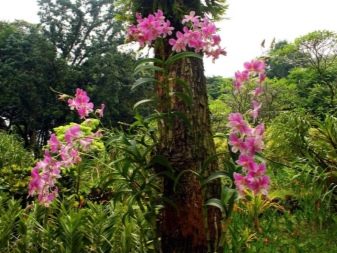
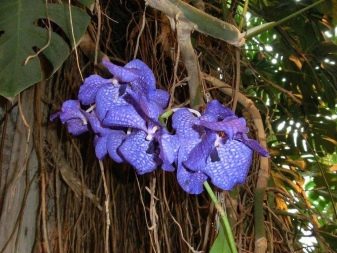
- Lithophytic. They grow on rocks and stones. Their roots do not differ much from the previous species. Sometimes they germinate at an altitude of 2000 meters above sea level. They love wet and cool weather, while easily tolerating temperature changes.
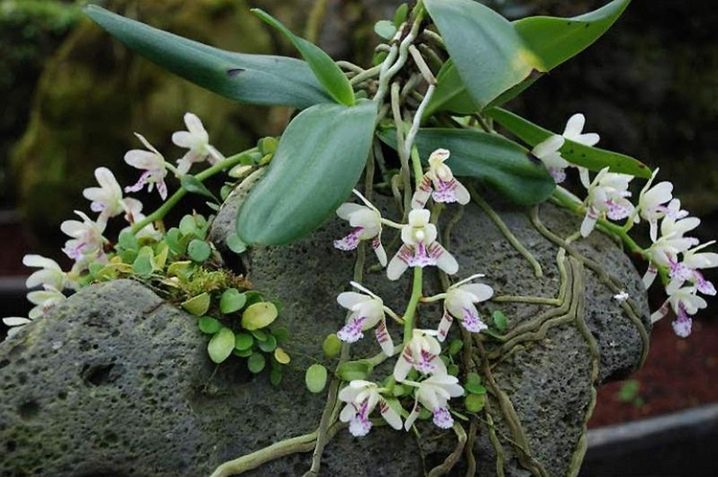
- Saprophytic (herbaceous). Unlike the previous two types, these plants are not grown at home. They differ in that they do not have leaves. They consist of a stem and roots, the stem is covered with scales instead of leaves.
Roots germinate well in humus soil.

- Phalaenopsis... The most popular type of indoor plants. They began to grow at home several thousand years ago. The plant can be up to 90 cm high, blooms brightly and for a long time. Leaves of rich evergreen color.
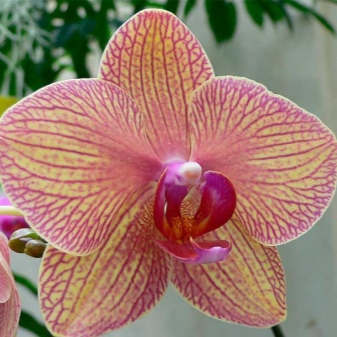
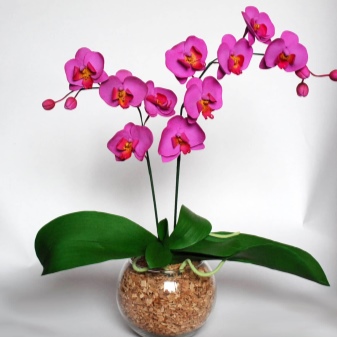
Varieties and their habitats
Due to the variety of species, the plant grows on almost all continents of the earth, with the exception of the desert, the North and South Poles. Wherever these plants grow, they get used to the local climate well and adapt to it. Depending on the habitat, breeders distinguish four conditional groups.
Equatorial group
This includes all types of plants that grow in South and Central America, Africa. In short, in regions near the equator with a warm and humid climate. The air humidity in such areas is more than 60%, and the temperature is from 30 degrees Celsius. Basically, epiphytic species grow here, which cling to trees with roots. Thanks to these conditions, the roots of plants never dry out and receive moisture from the air.
One of the growing species is the cultivar Dendrobium. The plant is erect (creeping is rare), leaves grow all over the stem. One plant can form 4-8 flowers. The variety is distinguished by a wide palette of colors and shades.
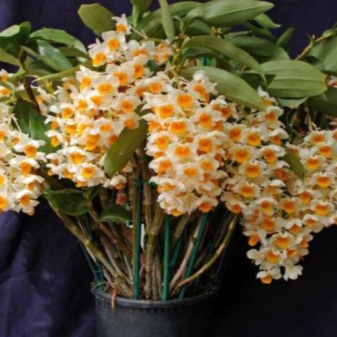

Mountain-forest group
This includes rocky regions, mainly these are areas of Southeast Asia (Indonesia, Thailand and others), mountainous regions of Brazil and Argentina. These are regions of the world with a humid climate, but, unlike the equator, it is not so hot there. The central place for germination of orchids is Thailand. In this country, different types of flowers grow everywhere: in forests, on mountains, trees, stones and even in cities in the wild. Most of all orchid species grow in Southeast Asia, since such conditions are ideal for their habitat.
The most famous species Cattleya, which also grows well on windowsills at home. The flower has creeping roots, due to which it is attached to the ledges of the mountains and the bark of trees. The height of orchids reaches 150 cm.Up to 20 flowers can bloom on the stem at the same time, the flowers are large and bright, up to 20 cm in diameter.
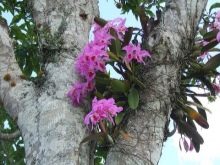
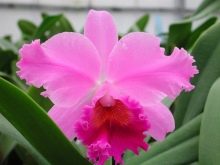
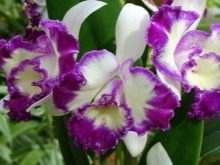
Group of steppe species
Areas of the globe with plateau relief. The climate is much cooler than that of the equator and in the subtropics, the air is moderately humid. These are mainly the central parts of the continents. Despite the fact that the habitat conditions are not very suitable for plants, they have adapted to the climate and even develop.
In these areas, species grow that can gain a foothold on the ground, for example, Spotted orchis. It got its name from its leaves with gray-brown spots. The plant reaches a height of 60 cm, with a lot of purple or purple flowers on the stem.
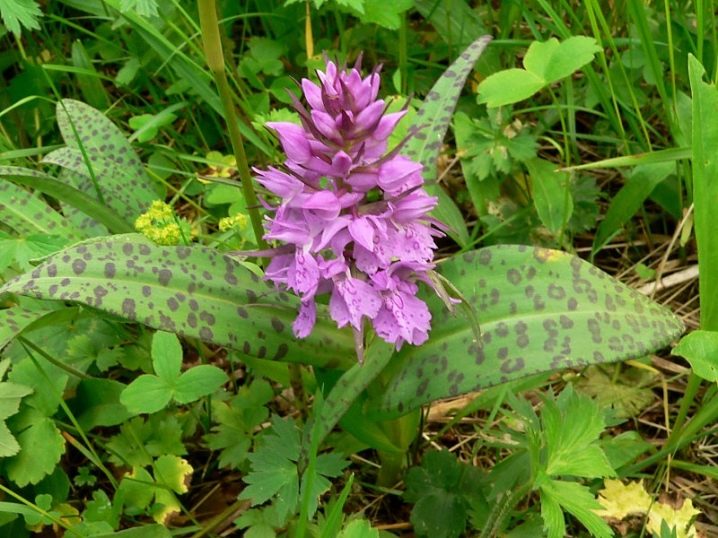
Land orchids
Land orchids - this is the smallest group. They grow in the temperate latitudes of the Earth, where the change of seasons is clearly distinguishable. These regions include the southern and central strip of Russia.Under such conditions, perennial species with a developed root system or tubers grow. This allows them to hibernate in the ground. The flower in these species is slightly modified and does not look very much like the usual tropical orchid.

Growing conditions
Based on the foregoing, one can understand and imagine in what conditions an orchid grows in the wild. How they can be grown on an industrial scale or how to properly care for them at home, we will describe below. Currently, orchids are grown in greenhouses in almost all countries. Russian stores offer a wide selection of orchids grown in greenhouses and imported from Holland and Thailand. It takes at least a year before flowers appear from greenhouses on store shelves. There are four ways to plant and grow flowers:
- division of parts - vegetative;
- bulbs - "children";
- from seeds - family;
- in the laboratory by dividing tissues - generative.
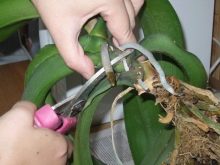
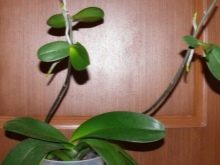

The basic rule when growing flowers is to provide plants with air of sufficient humidity and temperature, good lighting for photosynthesis, a ventilation system and high-quality suitable soil. When growing orchids at home on windowsills, you need to provide the plants with the same conditions. The temperature in summer must be maintained not lower than 18-23 degrees Celsius, in winter 15-18 degrees. Air humidity should be not less than 65-70%, if it is not possible to maintain the moisture content of the plant, you need to spray it with water at least once every 2 days.
Water the plant usually 2-3 times a week, the water can be from the tap, but settled. Orchids love light, but it's important not to overdo it. In summer, it is worth placing flowers in shaded places, in winter, for a source of additional light, you can put an artificial lighting lamp next to it.
In insufficient light, the leaves may stretch out and become lighter.
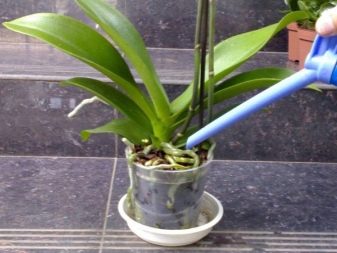
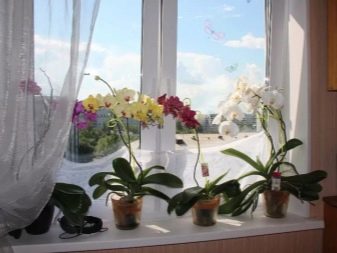
Orchids are planted in transparent or ceramic pots, they should be with holes in the bottom for water. The pots should be large enough for root development. At the bottom, you need to sprinkle either small pebbles or cranial chips. The soil itself should be composed of granular clay, coal, tree bark, moss, orchids do not grow in the ground. Also, when growing, you need to take into account some points:
- if there is not enough water and light, buds and leaves may fall out;
- flowers are watered in a special way: the pot with the plant is lowered into another large container with water for 5 minutes, the soil is saturated with water, then the pot can be removed;
- feed the plants during the active flowering period;
- so that there are no flower midges around the plant, you can put garlic in the pot;
- if the roots begin to peep out of the pot, it means that the plant does not have enough space, it needs to be planted in a deeper container.

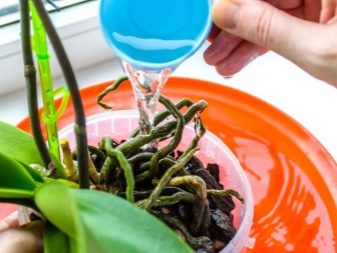
It is best to start growing orchids at home with varieties that are resistant to diseases and less demanding in terms of keeping conditions. Anyone who has seen orchids at least once, especially in their natural habitat, will not be able to remain indifferent to their beauty. Perhaps that is why this flower is so popular and, despite its whimsical cultivation, has become widespread throughout the world.
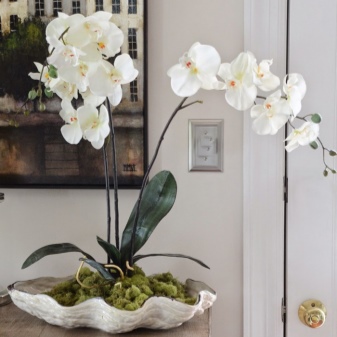

For information on how to care for orchids, see the next video.































The comment was sent successfully.